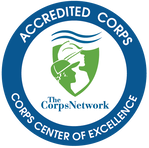|
“I value STEM education because it serves as an opportunity to expose minority youth to exciting fields of study and potential career paths that were previously unknown to them.” - Menelik James Although Menelik is still relatively young, he has already had an amazing impact in the STEM world. Menelik James is a Chemical Engineer who attends Prairie View A&M University located near Houston, Texas. He has a passion for environmental research with a focus on water treatment and renewable energy applications.
Menelik has conducted a wide variety of notable research. While working at the NASA Glenn Research Center, he studied non-equilibrium plasma applications for water purification. Menelik’s research continued at his home institution in the fields of membrane and thin film. Further, his research included microporous polymer synthesis and development for carbon dioxide capture and separation from post-combustion flue gas at a U.S. Department of Energy National Laboratory. With all of this incredible research experience, Menelik most recently studied hydrogen peroxide-powered fuel cell research at Stanford University. His primary research and career goals are to develop and deploy mature water treatment technologies at scale and in a cost-effective manner to developing nations. Aside from research Menelik enjoys cooking, attending live music shows, and skydiving. “I value STEM education because it serves as an opportunity to expose minority youth to exciting fields of study and potential career paths that were previously unknown to them. As a member of the collegiate 100 Black Men, I’m a mentor in our high school mentee program serving underprivileged youth in the greater Houston Area. Communicating my experiences as a 2nd generation Jamaican American, advising them on the college application process, various funding opportunities, and introducing them to STEM research are the primary ways I engage the youth. Inviting professors from my university and distinguished alumna to come speak with the mentees is an essential component of the mentorship process.” Menelik’s choice to pursue an environmental engineering Ph.D. stems from his desire to develop innovative water and sanitation (W&S) technologies that will improve humanity’s quality of life but also preserve and protect the planet. Protecting humans from adverse environmental effects such as pollution, and improving environmental quality by advancing recycling, waste disposal, public health, and other green practices, is critical for the survival and health of planet earth and the life it supports. Environmental engineering’s focus meshes seamlessly with his desire to serve humanity. These two fields symbiotically support each other by engaging in efforts toward providing solutions for issues like sanitation and wastewater purification to developing countries. As an engineer, he hopes to engage in research and development efforts toward innovative technologies. Menelik hopes to address emerging contaminants such as Perfluoroalkyl substances (PFASs) in water treatment plant effluent and improve the long-term safety of engineered water sources. Menelik plans to gain valuable hands-on lab research experience that will allow him to contribute to innovative solutions. Following the completion of graduate school, his long-term goal is to become a professor. By being a professor of environmental engineering, he hopes to serve humanity by solving technical water research issues. He aspires to educate future scientists and engineers about complex problems facing humanity such as clean water scarcities, population growth, and climate change. In 2019, Menelik earned GEM Environmental’s undergraduate scholarship. Menelik used the scholarship to pay for his senior classes at Prairie View A&M University. Our team at GEM is so proud that we get to play a small role in Menelik’s story, as we know he will continue to do amazing things in the future! To learn more about Menelik James check out: www.linkedin.com/in/menelik-james. To learn more about GEM’s scholarship opportunities, please visit this link. “I have the nerve to walk my own way, however hard, in my search for reality, rather than climb upon the rattling wagon of wishful illusions." - Zora Neale Hurston Zora Neale Hurston was an incredibly accomplished author who showed just how inspiring people could truly be. Despite being fairly unnoticed for a time, she was always destined for greatness. Hurston’s unfavorable position as an African American woman living in the south only encouraged her to work harder to spread her literary wonders. Likewise, Hurston’s perseverance is best exemplified through her academic integrity.
Both of Hurston’s parents were enslaved, but they didn’t let that hold them back. After Hurston’s family relocated to Eatonville, Florida, her dad eventually became one of the first mayors there. She lied about her age to go to high school at Morgan College as she was actually in her twenties at the time. With a stunning personality and a youthful appearance, Hurston was able to fully convince others of her exaggerated age. After completing her high school education, she earned an associate’s degree at Howard University in 1920. While at Howard, she co-founded The Hilltop, which later ended up as the school’s acclaimed newspaper. After completing her associate’s degree, Hurston earned a scholarship at Barnard College, where she earned a BA in anthropology after only three years. Hurston’s time in New York allowed her to meet other remarkable writers such as Langton Hughes and Countee Cullen. At the same time, Hurston and many others were beginning to voice their concerns about discrimination through the Harlem Renaissance. However, she didn’t stop there. Throughout her life, she continuously gave prominence to the black community. To gain a better understanding of black culture, she traveled to places such as Jamaica and Haiti where she studied the various religions present there and later used her various findings as inspiration for her writing. Unfortunately, her stories didn’t achieve much of an impact throughout her early career, and it took nearly two decades for Hurston to gain the recognition she deserved. It wasn’t until the mid-30s when she started producing more novels, each with significant effects. Her most renowned work, Their Eyes Were Watching God, was published in 1937 and featured a remarkable tale of a black woman named Janie Crawford. In addition to her skills as a writer, Hurston was also taught others to follow in her footsteps. For example, Hurston was instrumental in the founding of the dramatic arts program at Bethune-Cookman College. More importantly, she was a drama teacher for five years at North Carolina College for Negroes in Durham (now North Carolina Central University). For all her astounding accomplishments, Hurston never received the praise she deserved. Due to her status as a minority, she was underpaid despite overwhelming acclaim for her works, with the largest sum she ever earned for one of her stories being only $943.75. After she died in 1960, Hurston faded into irrelevance for some time. However, due to the sudden resurgence of her writings in the late 20th century, her legacy of triumph and perseverance is preserved. Sources Boyd, Valerie. “About Zora Neale Hurston.” Zora Neale Hurston, The New Dynamic, www.zoranealehurston.com/about/. Britannica, The Editors of Encyclopaedia. "Zora Neale Hurston". Encyclopedia Britannica, 24 Jan. 2021, www.britannica.com/biography/Zora-Neale-Hurston. Norwood, Arlisha. "Zora Hurston." National Women's History Museum. National Women's History Museum, 2017, www.womenshistory.org/education-resources/biographies/zora-hurston. Marie M. Daly was born in Queens, New York City in 1921. As a child, both Daly’s mother and father played a large role in developing her interests in science, reading, and academia. Her mother, an avid reader, fostered her love for academia and literature. Her father developed her love for science and encouraged her to learn about scientists and their achievements. In his younger years, her father had wanted to become a chemist but had to drop out of college due to finances.
Daly’s fathers’ adversities inspired her to pursue chemistry and she eventually majored in the subject at Queens College. Following this, she earned her Master’s Degree at New York University and eventually her Ph.D. in Chemistry. Daly earned her Ph.D. at Columbia University in just 3 years and upon doing so, became the first Black American woman in the United States to earn a Ph.D. in Chemistry. After the completion of her studies, many employers were looking to hire women to fill the spots of men fighting in World War 2. As a result, Daly was able to find employment and continue her research, ultimately trailblazing opportunities for women in her field. Daly continued her career in STEM by conducting various research studies. Notably, her study which was published in the Journal of Experimental Medicine highlighted subjects including cholesterol levels, blood pressure, and the clogging of arteries. Eventually, she discovered a strong relationship between high blood pressure and having high cholesterol levels. This was an incredible discovery that created a foundation for further research into atherosclerosis and diseases related to high blood pressure. Her research also extended to studying the forming of chromosomes in our cells and more specifically, the characterization of histones. This work was especially important because understanding histones are essential to understanding the expression of various genes. As such her work contributed greatly to our knowledge today of histones and the organization of DNA. To learn more about Marie M Daly and her work, visit the Science History Institute or check out the children’s book Marie, The Fantastic Biochemist: Marie Maynard Daly, The First African American Woman to Earn a Chemistry Ph.D. by Imee Cuison. Sources: Biography.com Editors. “Marie M. Daly.” Biography.com, A&E Networks Television, 12 Jan. 2021, www.biography.com/scientist/marie-m-daly. “Marie M. Daly - From a Love of Science to a Legacy of Discoveries.” Science in the News, 12 Nov. 2020, sitn.hms.harvard.edu/flash/2020/marie-m-daly-from-a-love-of-science-to-a-legacy-of-discoveries-2/. “My suggestion to young people is that not only should they read about the history of science and engineering, but that they should read about the lives of those that have made contributions to these fields.” ― Warren M. Washington Dr. Warren Washington was born and raised in Portland, Oregon. His father sparked his interest in astronomy with a telescope that he set up on the sidewalk outside their home and Washington visited the library often to borrow books about famous scientists. He went on to earn a bachelor's degree in physics and a master's degree in meteorology from Oregon State University. He then attended Pennsylvania State University and completed his doctorate in meteorology there. Dr. Warren was the second African-American to earn a doctorate in atmospheric sciences, the first (and mentor to Washington) was Charles E. Anderson who forecasted weather for the Tuskegee Airmen.
In 1963 Dr. Washington joined the National Center for Atmospheric Research (NCAR) in Boulder, Colorado as a research scientist. Here is where some of his greatest and most influential research projects took place. In the 1960s he worked with senior scientist Akira Kasahara to create an atmospheric computer model that used the laws of physics to help predict how the climate will change over time. NCAR, with Dr. Washington as part of the team, created the Community Climate Model (CCM) in 1983. This was an open resource that could be used by the climate research community. In the 1990s the model was updated and expanded upon; this new research tool was called the Climate System Model (CSM) and included models of the atmosphere, landmasses, oceans, and sea ice. Due to these models being utilized by atmospheric organizations and groups researching climate change and its effects on the globe the model’s name was changed to the Community Climate System Model (CCSM). Besides his hugely influential work mapping out climate change, Dr. Washington has many other achievements in his field. Dr. Washington was part of the group of scientists that shared the Nobel Peace Prize in 2007 as a member of the Intergovernmental Panel on Climate Change. He was also awarded the National Medal of Science from President Obama in 2010 for “his development and use of global climate models to understand climate… and for his work to support a diverse science and engineering workforce.” Washington has written over 150 publications, including An Introduction to Three-Dimensional Climate Modeling, which he co-wrote with Claire Parkinson in 1986. This book is still used today as an essential reference tool in the field of atmospheric science. He also has served as a member of the President’s National Advisory Committee on Oceans and Atmosphere and worked under the Carter, Reagan, Clinton, and Bush administrations. Dr. Washington has encouraged young people and those underrepresented in the STEM fields to both become interested in the sciences and feel supported in their endeavors. He has mentored dozens of both graduate and undergraduate students and according to the UCAR’s staff profile of Dr. Washington: “In 1999, Washington won the Dr. Charles Anderson Award from the American Meteorological Society ‘for pioneering efforts as a mentor and passionate support of individuals, educational programs, and outreach initiatives designed to foster a diverse population of atmospheric scientists.’" This further demonstrates that having both a support system and a true passion for a branch of science are the first steps toward a bright future in the fields of STEM. Sources: https://www.cgd.ucar.edu/staff/wmw/ https://www.cesm.ucar.edu/about/?ref=hp https://nationalmedals.org/laureate/warren-washington/ https://www.nsf.gov/news/special_reports/medalofscience50/washington.jsp https://www.goodreads.com/author/quotes/777466.Warren_M_Washington "What I loved best was the amazing individuals I got to work with daily. It was so easy to show up, be a part of a group who loved to work outside, and turn all the problems we were requested to fix into solved ones. It was such an amazing experience to have learned through my own working hands as well as actually being in the field and being able to problem-solve/implement changes that benefit the environment based on the situation at hand." - Mariah McGhee, YCI Participant Mariah McGhee grew up in Kansas City, Missouri and always enjoyed being outside and in nature. Once she entered the University of Missouri-Columbia, she was exposed to various ecosystems and environments, propelling her interest and passion for nature. She harnessed her passion for the outdoors and used it to earn her Bachelor’s Degree in Natural Resource Management with an emphasis on Forestry and a minor in Soils.
|
Categories
All
Archives
June 2024
|
G.E.M. Environmental NFP
Geology - Engineering - Minerals - Environmental - Not for Profit
Geology - Engineering - Minerals - Environmental - Not for Profit
Community Partners
|
Programs
|
Get Involved
|
About
|
Follow Us
|
Sponsors & Donors
|
© COPYRIGHT 2017 - 2023. ALL RIGHTS RESERVED. G.E.M. Environmental NFP
GEM Environmental, GEM4STEM, GEM Corps, and Charity Rocks are all Registered Trademarks of G.E.M. Environmental NFP.
Any and all use of Trademarks or Copyrights must be authorized.
GEM Environmental, GEM4STEM, GEM Corps, and Charity Rocks are all Registered Trademarks of G.E.M. Environmental NFP.
Any and all use of Trademarks or Copyrights must be authorized.
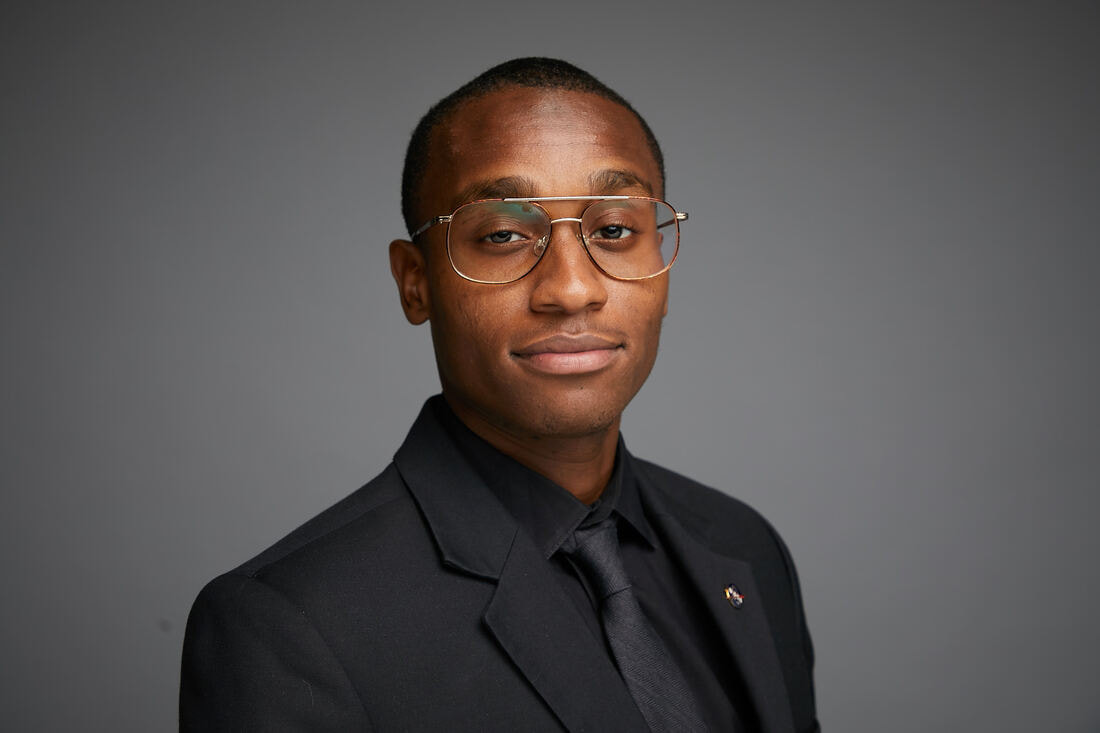
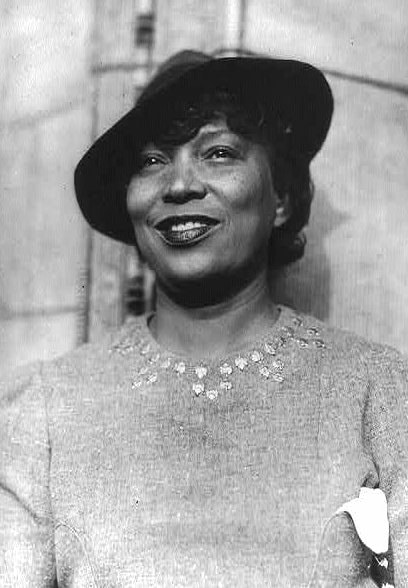
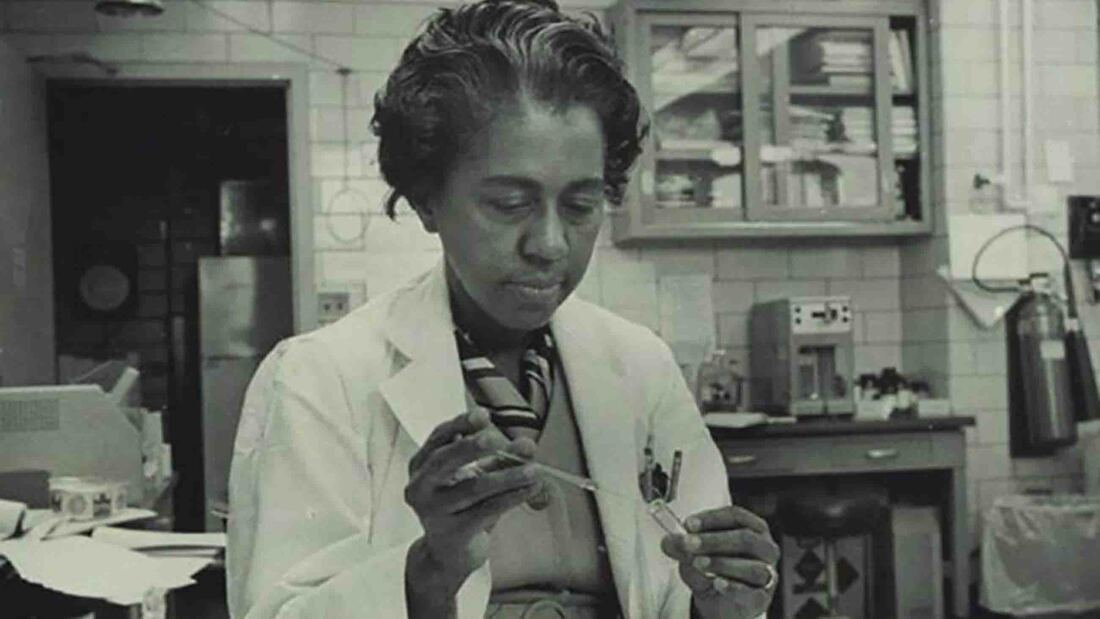
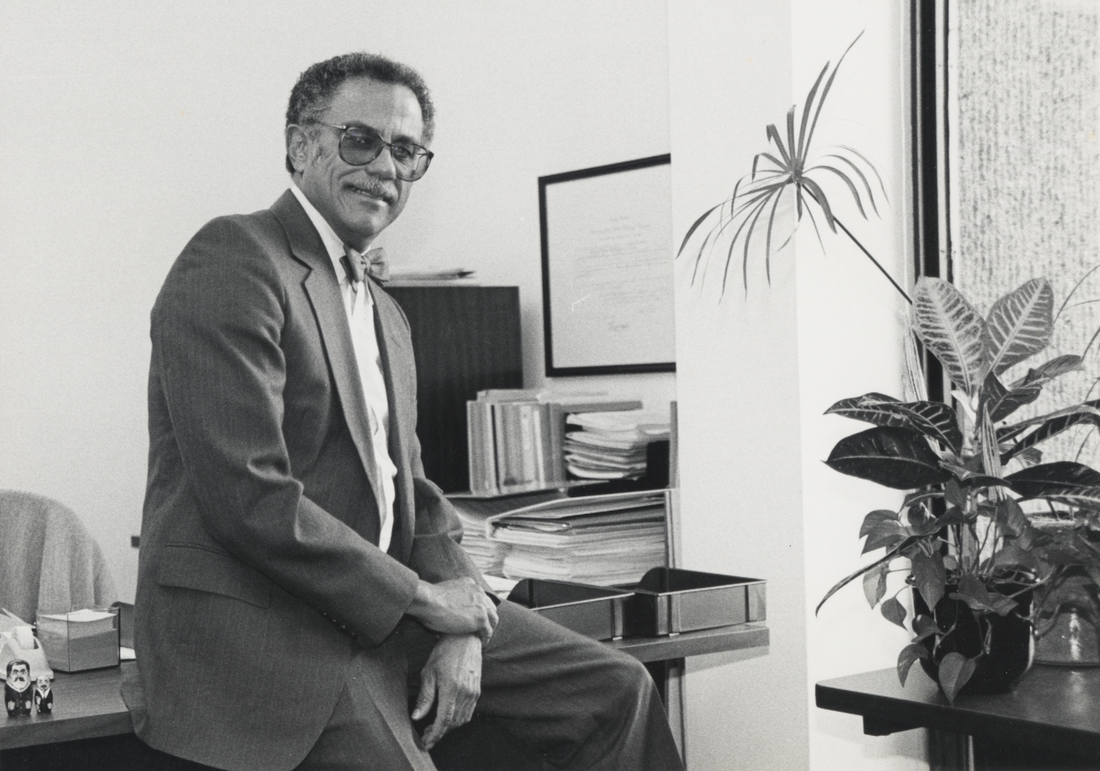
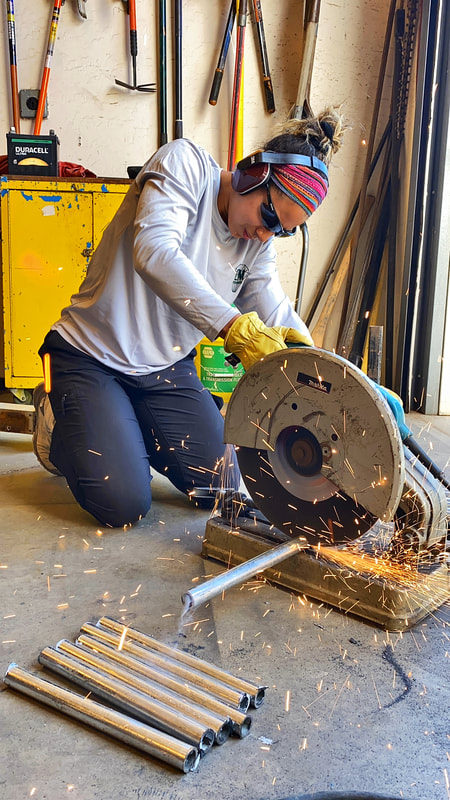
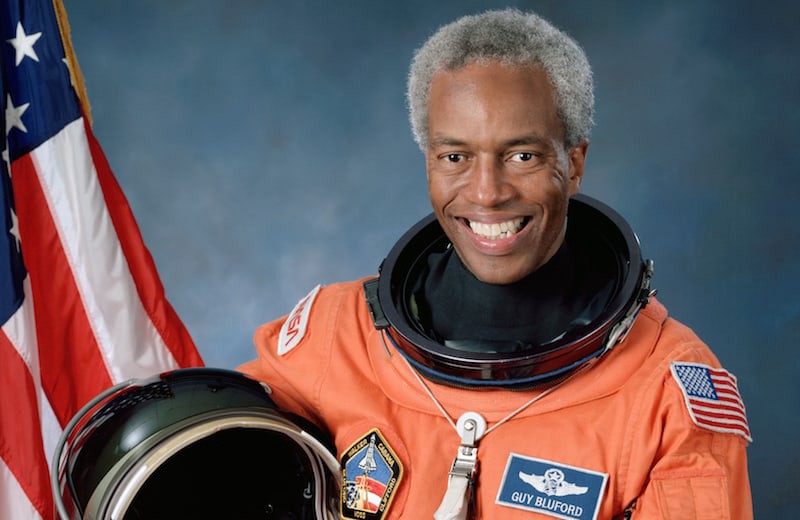
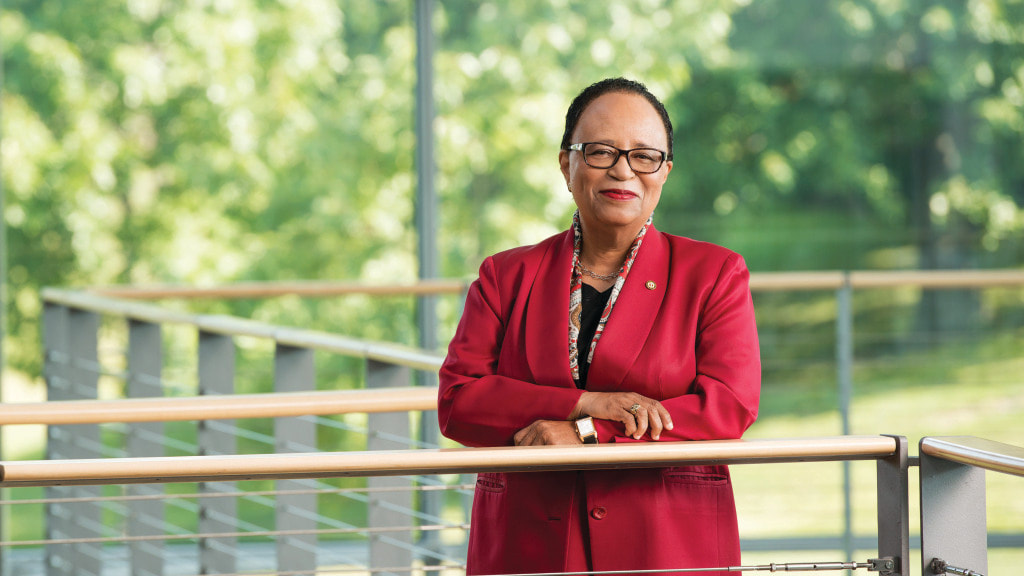
 RSS Feed
RSS Feed


